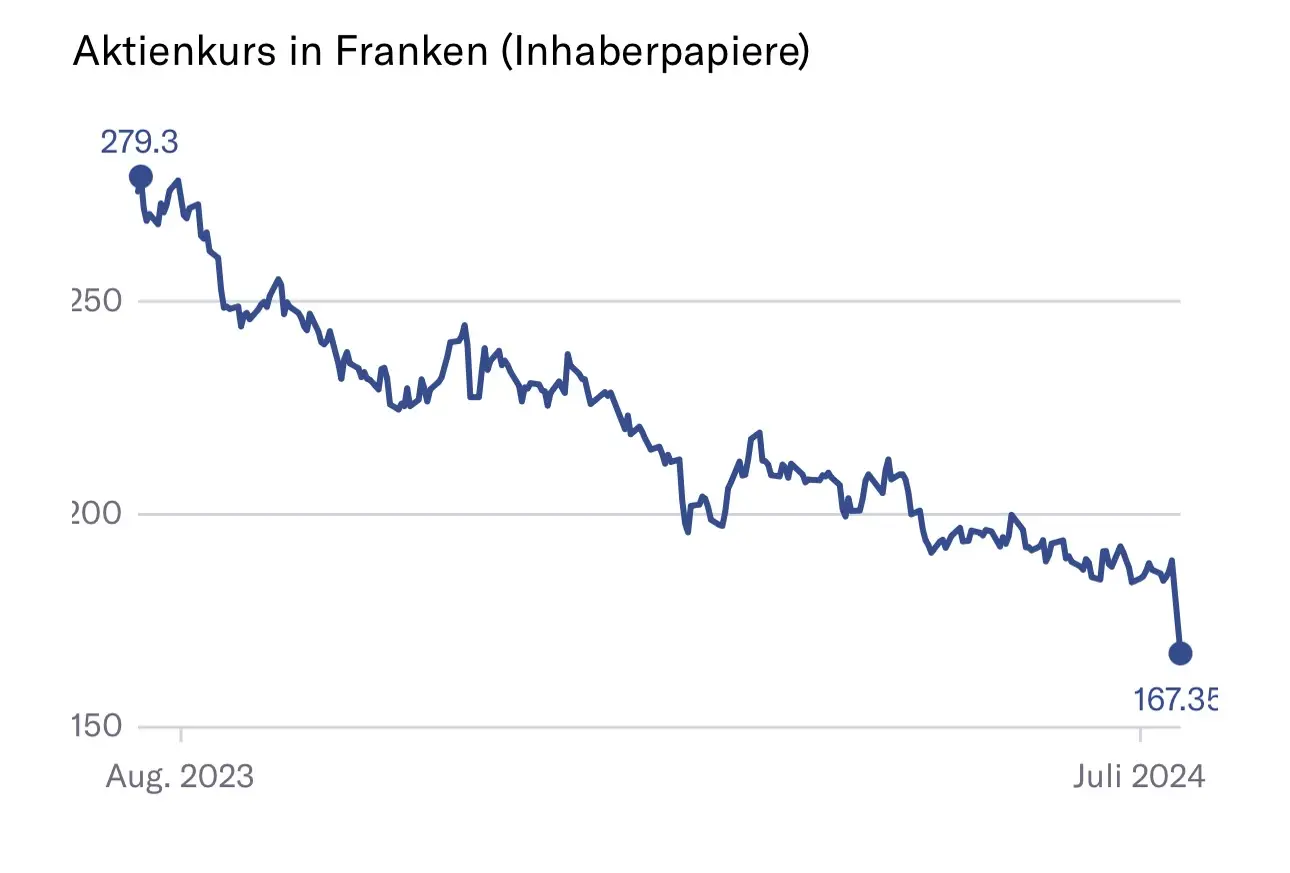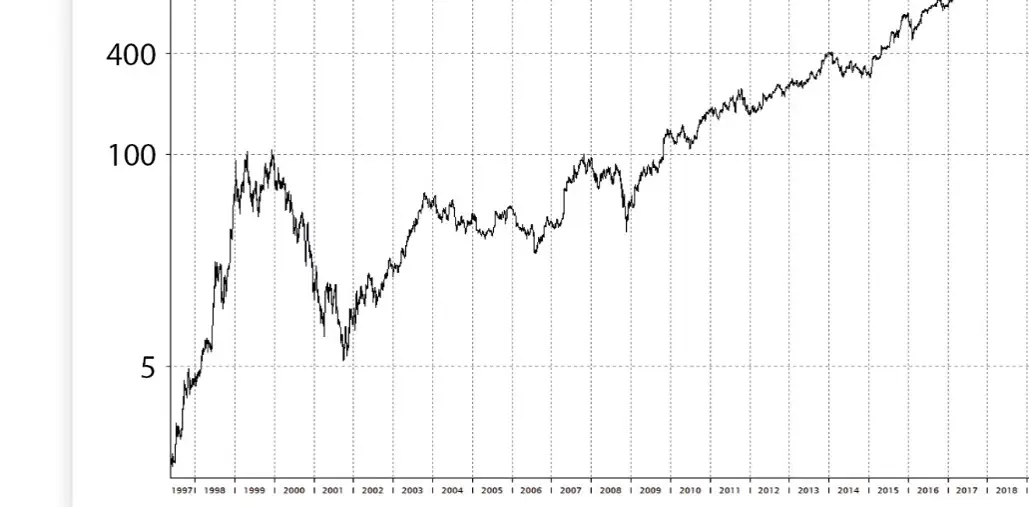Organisational Challenges for Companies and Institutions
In an era where the pace of change is accelerating, organisations face unprecedented challenges. The ability to adapt quickly and anticipate future disruptions has become a cornerstone of success. These challenges are multifaceted and require a holistic approach to organisational development:
Reshaping an Industry:
The Visionary Transformation of the 1980s
n the 1980s, an entire national industry found itself on the brink of insolvency, threatened by the influx of low-cost, mass-produced goods from emerging global markets. It was in this challenging environment that a visionary leader identified a path forward, one that would not only save the industry but also set a new standard for organisational innovation.
This leader recognised that the key to survival lay in the automation of routine tasks within both production and administration. By streamlining these processes, the company could significantly reduce costs and enhance efficiency. Simultaneously, the company embarked on a strategic overhaul of its sales and marketing efforts. This involved segmenting markets, products, and distribution channels, allowing the company to better target its offerings and maximise impact.
The looming threat of industry-wide insolvency provided the impetus for a radical organisational transformation. This transformation was twofold: centralisation of key functions to achieve economies of scale, and localisation of certain operations to ensure responsiveness to regional markets. These changes were reflected in the adoption of a matrix organisational structure, which allowed the company to optimise resource allocation and operational effectiveness at every level.
In production, the consolidation of similar components across operations led to the creation of specialised subsidiaries, which further leveraged scale to gain cost advantages over competitors. On the administrative side, the centralisation of functions not only optimised personnel costs but also streamlined processes through a unified management fee structure.
The sales and marketing strategy was redefined with a values-based approach, segmenting activities by brand, channel, region, and budget. This meticulous reorganisation enabled the company to align its operations with its strategic vision, ensuring sustained competitiveness and growth in a challenging global market.
This company became the defining success story of the last two decades of the 20th century. Through a comprehensive and visionary approach to organisational development, it managed to prevent the collapse of an entire national industry. Driven by a strong vision, the company not only survived a period of significant economic threat but also thrived, setting new benchmarks for innovation and strategic foresight in its sector.
In recent times, major financial institutions like Morgan Stanley have criticised the company for its increasingly passive role in the market. Despite its historical success, the company now faces scrutiny due to a significant disconnect between its assets and market valuation. With equity totaling CHF 12 billion, the company’s market capitalisation stands at only CHF 8.8 billion. This disparity is further highlighted by an inventory valued at CHF 7.7 billion and substantial real estate holdings, which have not translated into expected market performance.


Narrative of the 21st Century
The organisational narrative of the 21st century is defined by rapid technological advancement, global connectivity, and the rise of digital transformation. Companies no longer compete solely within their local markets but are now part of a global economy where digital innovation and agility are key to survival and growth.
In the 1990s, a visionary leader saw the immense potential of e-commerce and the global distribution opportunities it presented. By automating routine production processes and embracing digital transformation in sales, this company was able to realign its organisation with a future-focused strategy. The initial focus on e-commerce rapidly evolved into a broader digital strategy, incorporating cloud services, subscription models, and new business lines that did not exist in the previous century.
This shift was not just about adopting new technologies; it was about continuously investing in new strategic areas that aligned with global digital trends. The company’s organisational structure was reimagined to support this ongoing transformation, allowing it to pivot and adapt to emerging opportunities swiftly.
As a result, the company’s market valuation soared, reaching $2 trillion, with 70% of its revenue still generated by its original business, 13% from cloud services, 7% from subscription services, and the remaining 10% from new ventures developed in the 21st century. This anticipative organisational development has been critical to the company’s sustained success, proving that in today’s world, the ability to foresee and adapt to change is the ultimate competitive advantage.
Today, the company has reached a staggering valuation of $2 trillion. While 70% of its revenue still comes from the business established in its founding year, the company has successfully diversified its portfolio. Now, 13% of its revenue is generated from cloud services, 7% from subscription models, and an additional 10% from innovative services that were developed only in the 21st century. This evolution underscores the importance of strategic diversification and anticipative organisational development, which have been instrumental in the company’s monumental success.
As global digitalisation accelerated and new market entrants emerged, the company recognised the need to continually invest in new business areas to maintain its competitive edge. Today, the company generates 70% of its revenue from its original business, 13% from cloud services, 7% from subscription models, and 10% from innovative services developed in the 21st century. This anticipative approach to organisational development has been crucial to the company’s ongoing success, demonstrating the importance of foresight and strategic agility in an ever-evolving market landscape.
Vision, Strategy, and Organisational Development
In the modern business landscape, the interplay between vision, strategy, and organisational development is crucial for long-term success. A compelling vision sets the direction for the organisation, serving as a guiding star that inspires and unites all stakeholders around a common goal. This vision must be forward-looking, ambitious, and adaptable, providing a framework within which strategic decisions are made.
Strategy acts as the blueprint for turning this vision into reality. It involves setting clear, actionable goals and determining the resources, processes, and initiatives required to achieve them. A well-crafted strategy considers both the current market conditions and future trends, ensuring the organisation remains competitive and relevant in a rapidly changing environment.
Organisational Development is the process of aligning the company’s structure, culture, and capabilities with its strategic objectives. This involves not only optimising existing processes and structures but also fostering a culture of continuous improvement and innovation. Organisational development is anticipative in nature, requiring a proactive approach to change management, talent development, and technological adoption.
In the 21st century, organisations that succeed are those that integrate vision, strategy, and organisational development seamlessly. By anticipating future challenges and opportunities, and aligning their internal capabilities with external demands, these organisations can navigate the complexities of the global market and drive sustained growth.
To survive in a global market characterised by exponential competition, companies must continuously adapt their organisations. These adjustments must permeate all levels of the organisation, driven by a clear and compelling vision that is actively lived out through a robust, actionable strategy. This proactive approach ensures that the organisation remains agile, responsive, and capable of navigating the complexities of the modern business environment without needing a crisis to prompt change.
Share Your Insights on Anticipative Organisational Development
What has been your experience with anticipative organisational development? What challenges have you faced, and what successes have you achieved along the way? Let’s start a conversation and explore how this approach has impacted your organisation.
– Gernot Paesold





